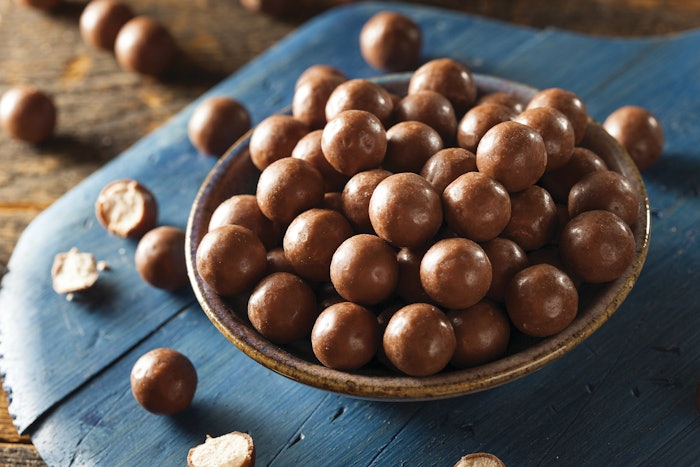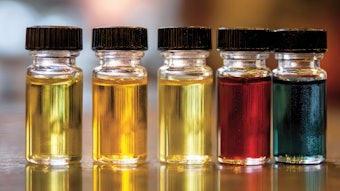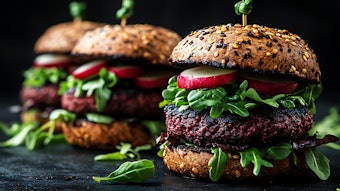
The fortuitous invention of fire added many attractive sensory aspects to food. Caramel notes, followed by roasted notes and, finally, by distinctly burnt notes. I love the hint of burnt character that a red-hot charcoal barbecue adds to even the dullest of dishes. I suspect I am not alone. The challenge for flavorists is to recreate this pungent burnt note in the absence of pyridine. Many pyridine derivatives have a distinct green, vegetal note, so the choices are limited. In my opinion the best option is 3-ethylpyridine (FEMA# 3394, CAS# 536-78-7).
This ingredient manages to capture most of the character impact of pyridine. It does have a very subtle vegetal character, but this can actually be turned to advantage in a range of non-heated profiles.
Note that the dose rates given throughout this article are the levels suggested for use in flavors intended to be dosed at 0.05% in ready-to-drink beverages or in a simple bouillon.
Savory Flavors
Bacon: Bacon flavors really need a very definite burnt note. 3-Ethylpyridine does the trick at 100 ppm.
Cheddar cheese: Cheddar cheese, along with Gruyere, fit the profile of 3-ethylpyridine very well. Levels of 5 ppm are effective in uncooked cheese flavors, rising to 10 ppm and more in toasted cheese flavors.
Chicken: 3-Ethylpyridine can find a home in all styles of chicken flavors, ranging from 5 ppm in boiled chicken to 30 ppm in roast chicken.
Cooked garlic: Nothing beats the taste of garlic that has been cooked for hours in a small Dutch oven. The raw taste disappears, and the flavor is majestic. Levels of 50 ppm of this chemical gives something of that character to every cooked garlic flavor.
Cooked mushroom: Cooked mushroom can have an ammoniacal note and 3-ethylpyridine fits in very harmoniously at 10 ppm.
Cooked rice: Similarly, 3-ethylpyridine is not the first ingredient that comes to mind in cooked rice flavors, but it enhances the cooked effect at 10 ppm.
Ham and pork: Both ham and pork flavors are lifted and enhanced by 20 ppm of 3-ethylpyridine. Smoked ham flavors can use higher levels.
Roast beef: The same can be said of roast beef flavors. Widely different levels give widely different results, but 80 ppm is a good place to start.
Roasted bell pepper: Cooked bell peppers have a distinctive character, derived in large part from sulfur chemicals. 3-Ethylpyridine only plays a secondary role, but it is helpful at 20 ppm.
Seafood: The comments about the association between ammoniacal and burnt notes apply even more obviously to all seafood flavors. Cooked white fish flavors only need around 5 ppm of 3-ethylpyridine. Clam and shrimp flavors need a little more, around 10 ppm. Seaweed flavors can easily take 20 ppm and more.
Smoke: Smoke flavors cover a range of different profiles. Mild, soft flavors work well with around 50 ppm of 3-ethylpyridine. Hasher flavors can obviously make good use of higher levels.
Toasted onion: All styles of cooked onion flavors are enhanced by 50 ppm of this ingredient.
For the full article, please check out the Perfumer & Flavorist+ July 2022 issue.










